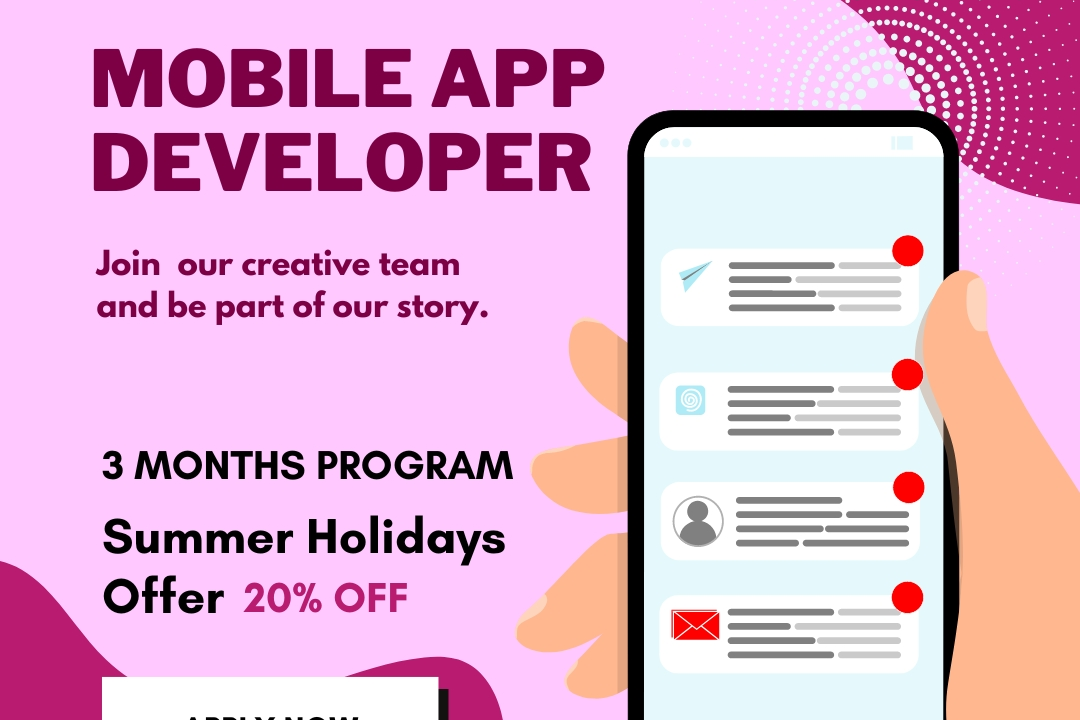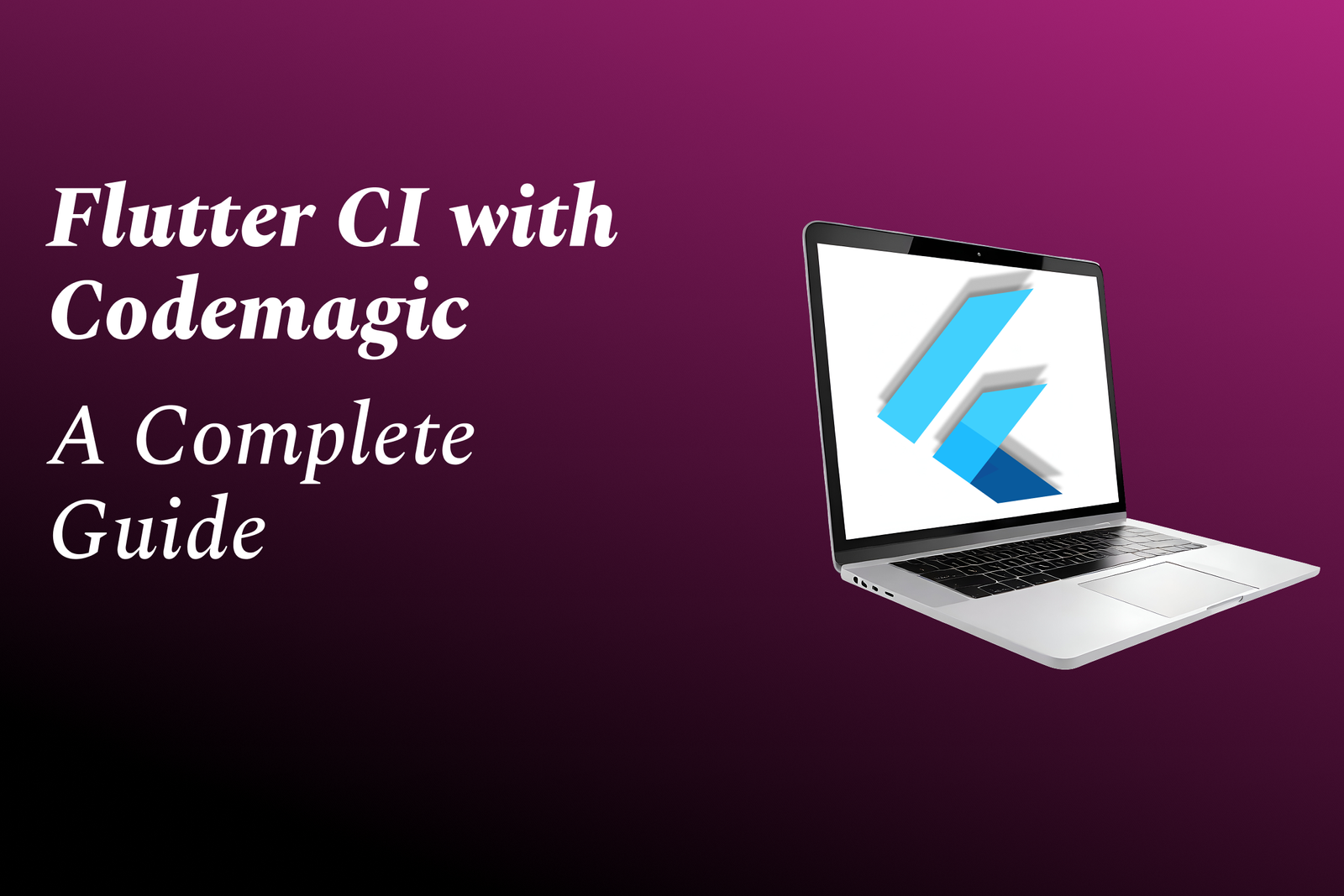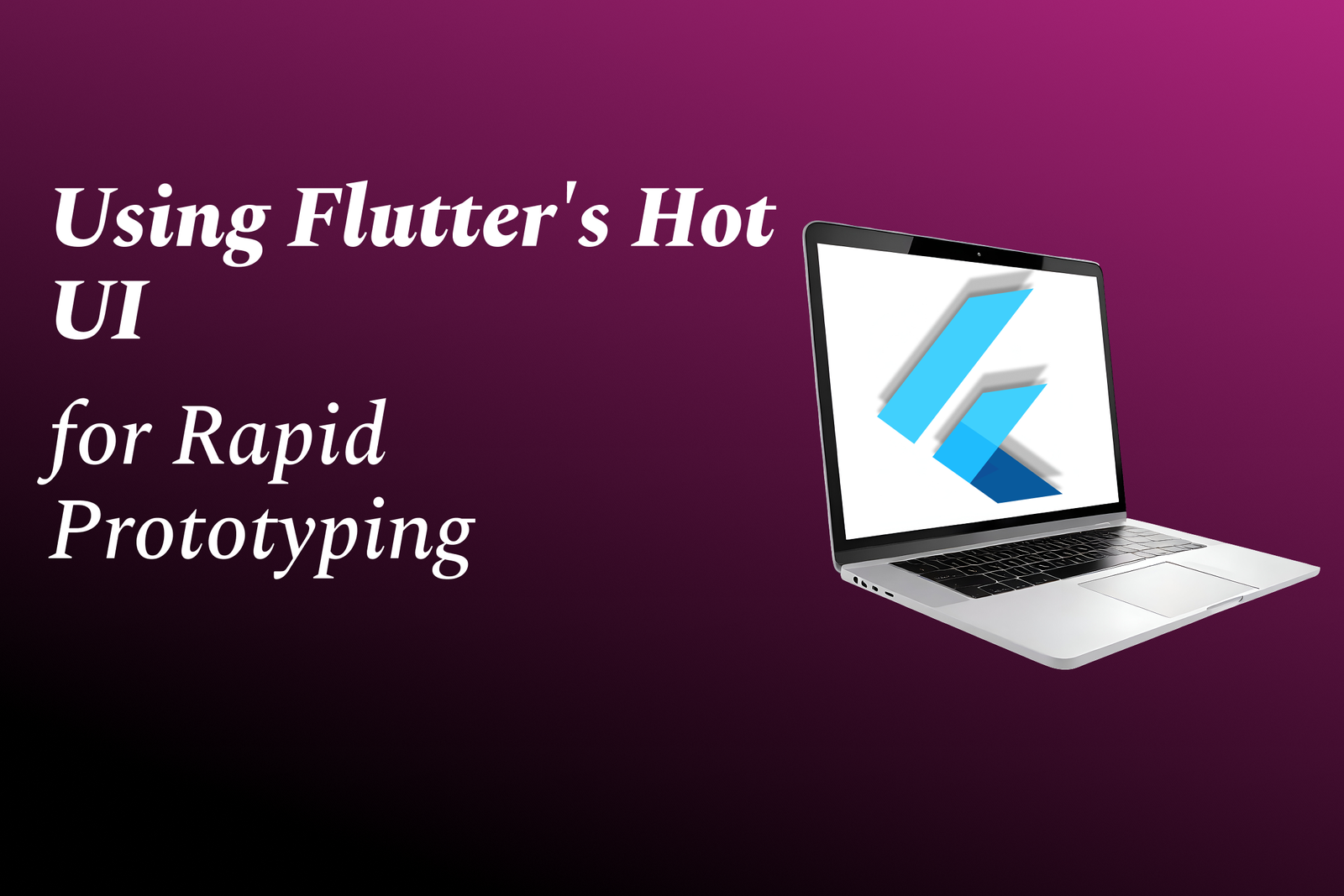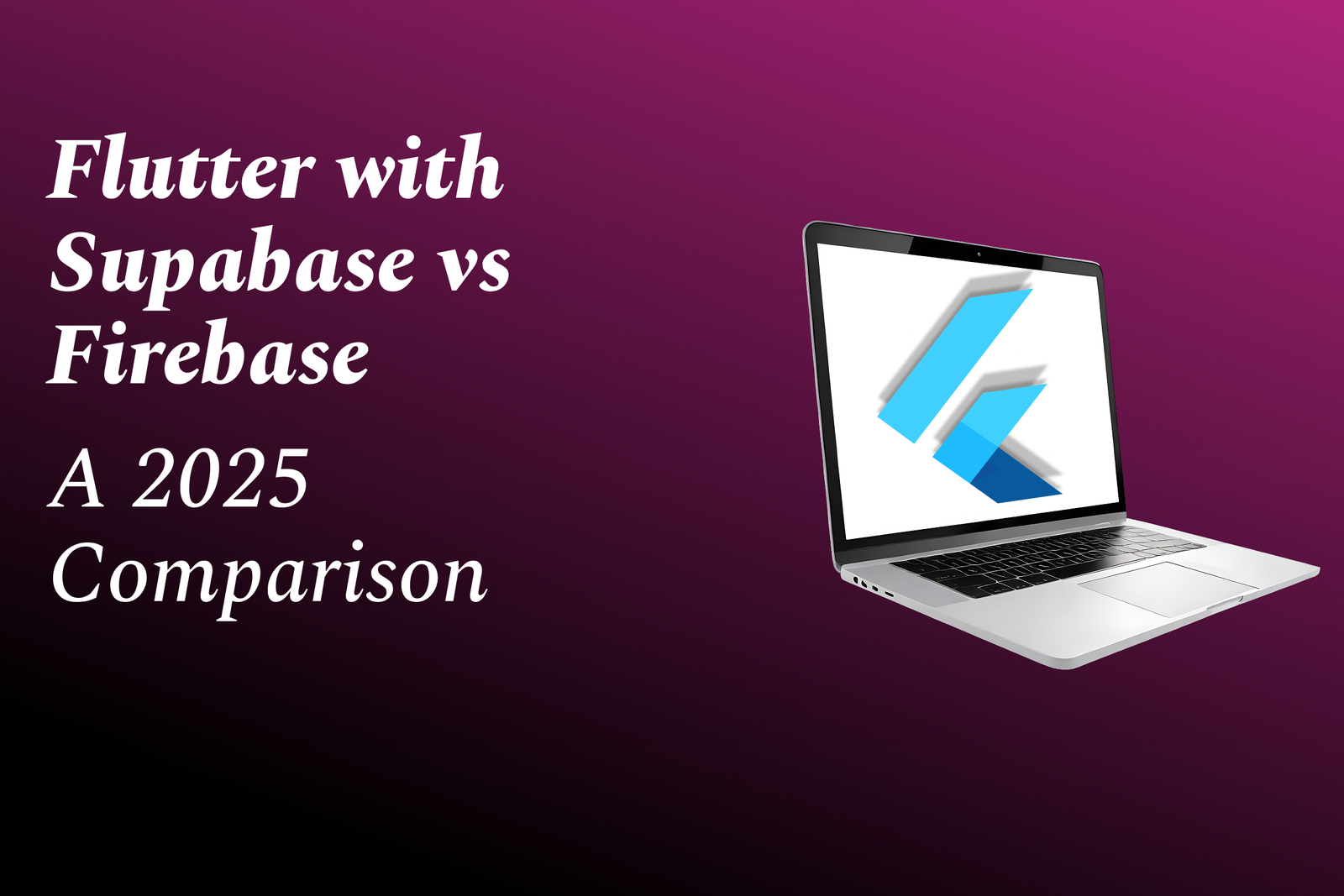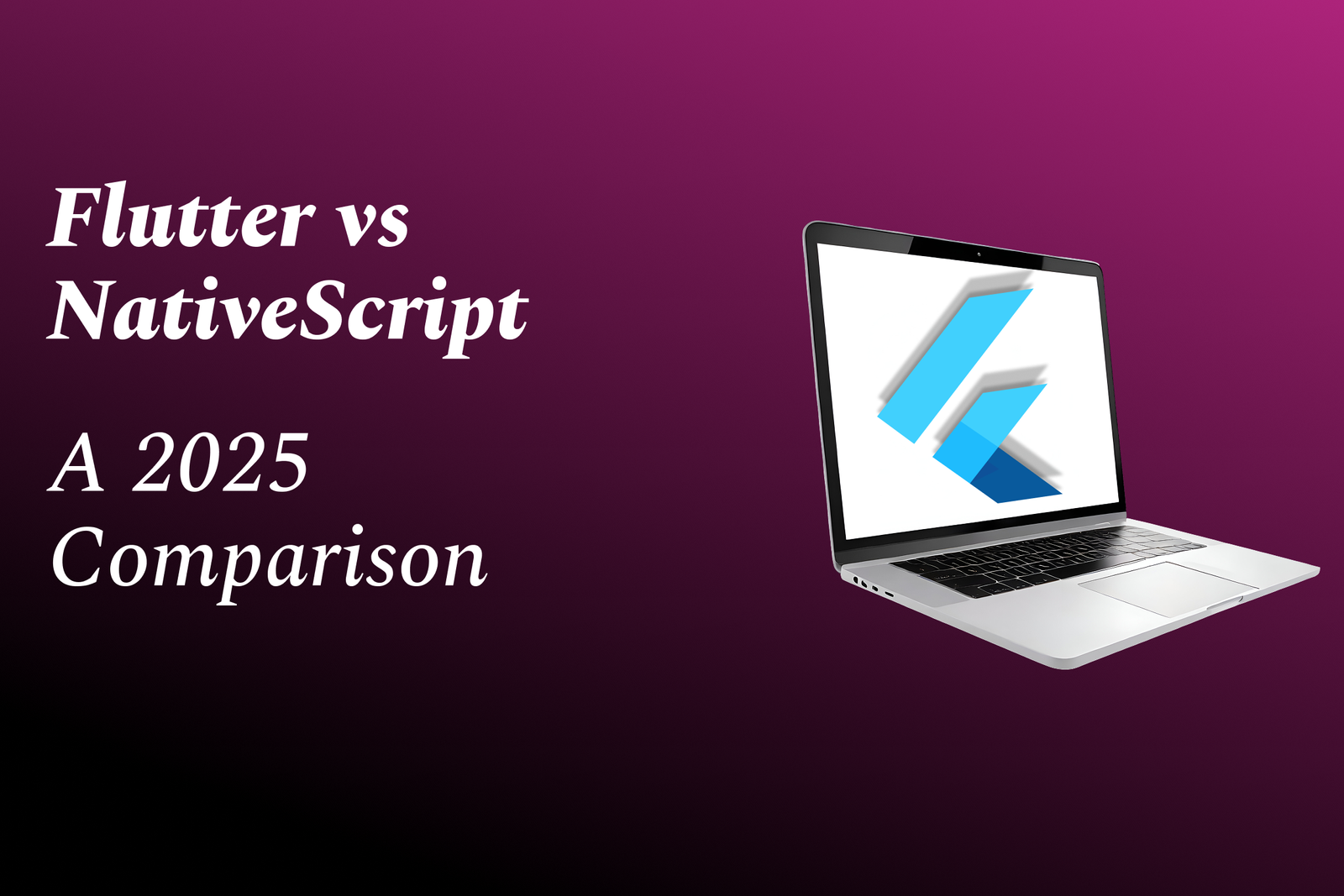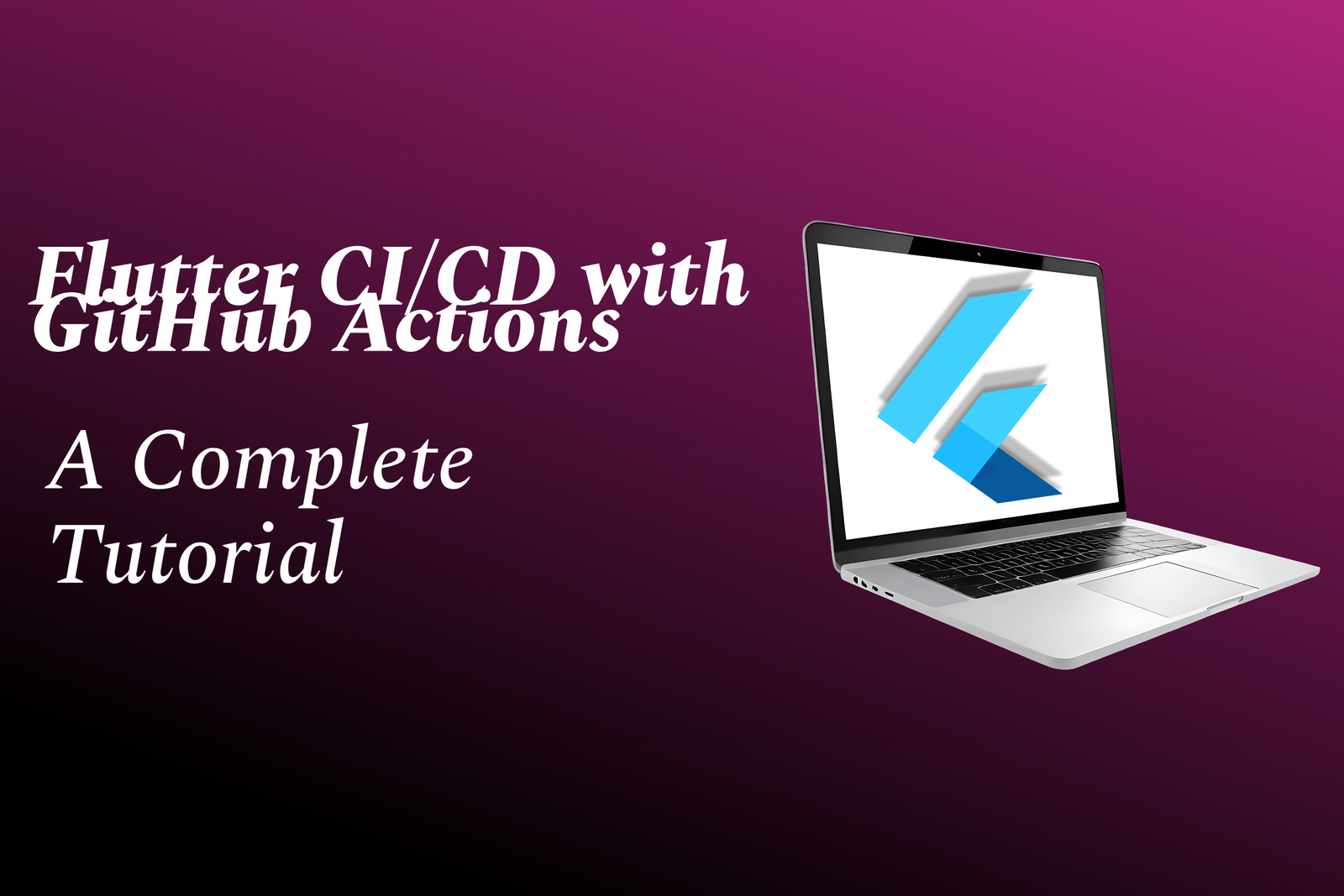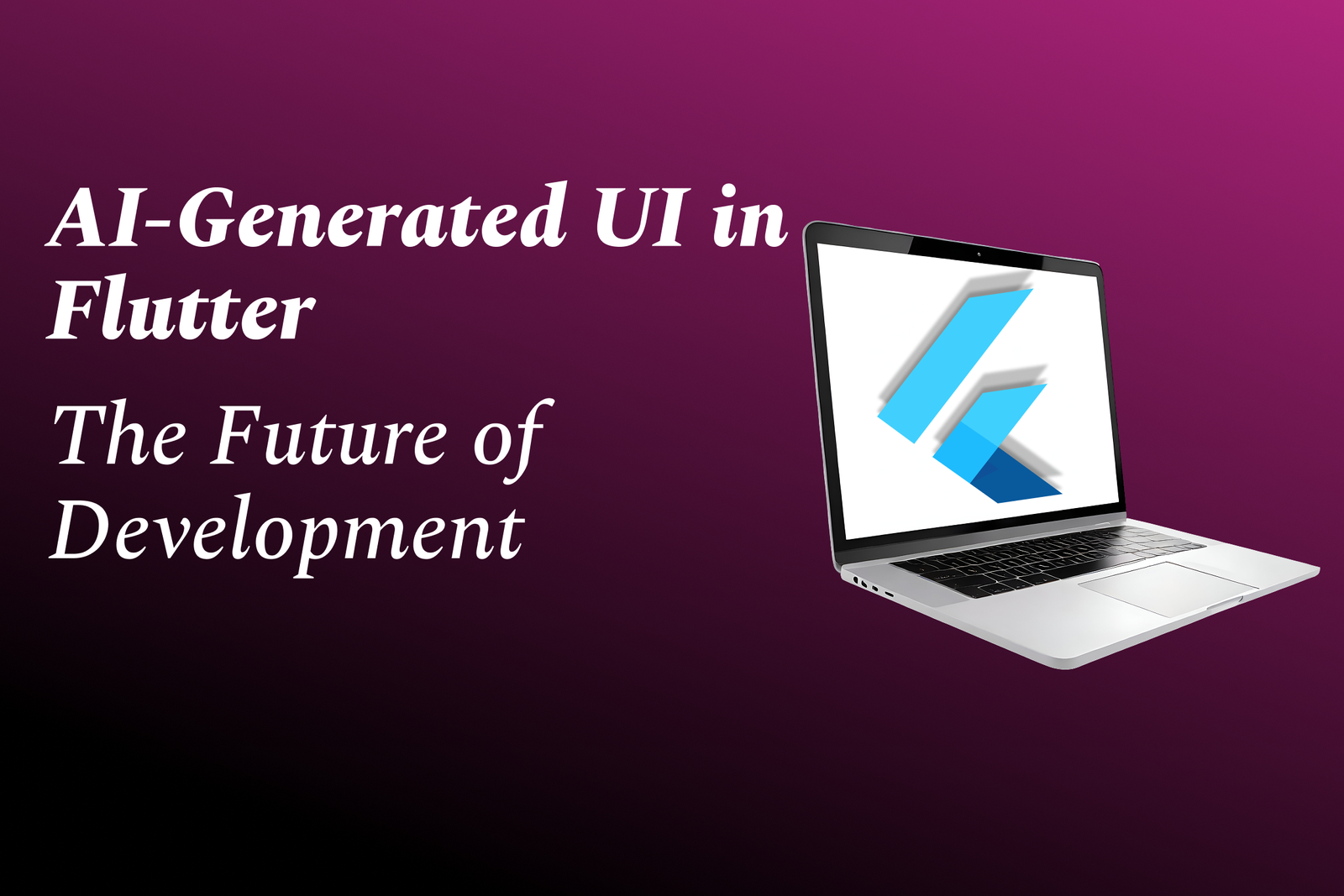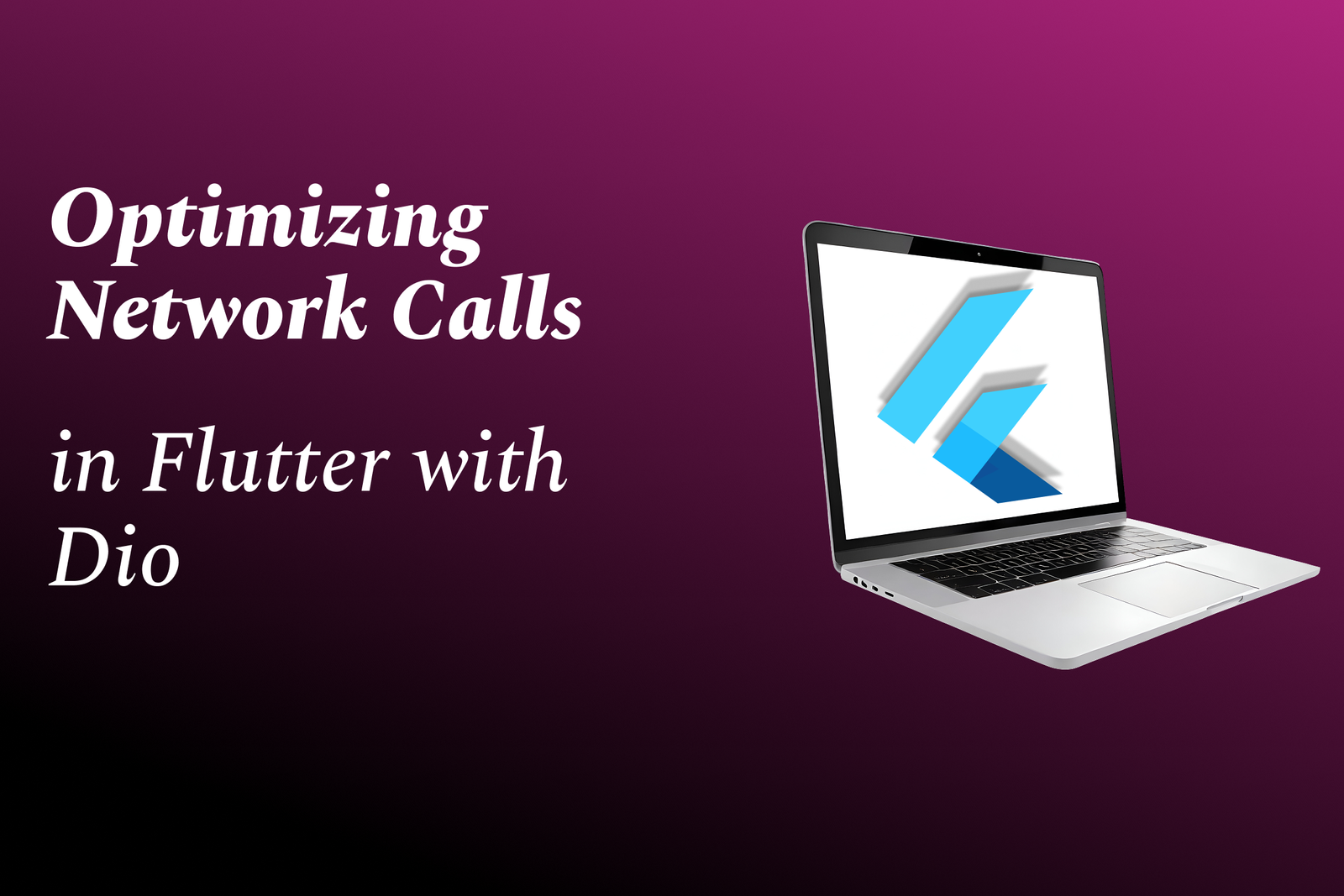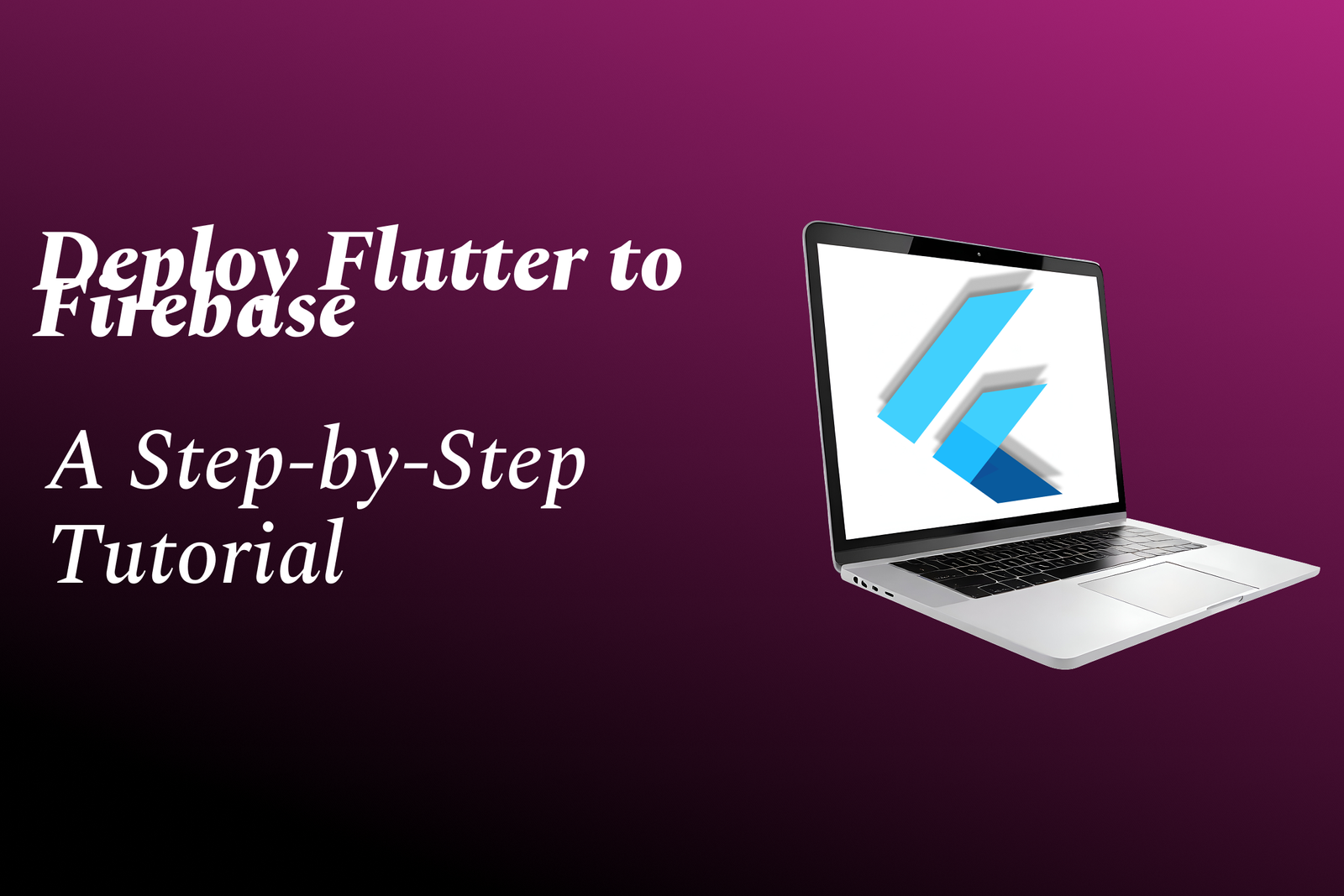What Is The Steps To Start Learning Flutter
To start learning Flutter, begin by understanding the fundamentals of Dart, the programming language
What Is The Steps To Start Learning Flutter
To start learning Flutter, recognize that it's a powerful UI toolkit for building natively compiled applications for mobile, web, and desktop from a single codebase, making it highly efficient and cost-effective. Begin by familiarizing yourself with Dart, the programming language used in Flutter, as it will be crucial for your development work. Set up your development environment by installing Flutter SDK and choosing an IDE like Visual Studio Code or Android Studio. Follow along with hands-on tutorials and documentation provided by Flutter to grasp its widget-based architecture and state management concepts. Engaging in real-time projects will also enhance your understanding and provide practical experience. With its growing popularity and wide-ranging applications, mastering Flutter can significantly enhance your career prospects in app development.
To Download Our Brochure: https://www.justacademy.co/download-brochure-for-free
Message us for more information: +91 9987184296
To start learning Flutter, recognize that it's a powerful UI toolkit for building natively compiled applications for mobile, web, and desktop from a single codebase, making it highly efficient and cost effective. Begin by familiarizing yourself with Dart, the programming language used in Flutter, as it will be crucial for your development work. Set up your development environment by installing Flutter SDK and choosing an IDE like Visual Studio Code or Android Studio. Follow along with hands on tutorials and documentation provided by Flutter to grasp its widget based architecture and state management concepts. Engaging in real time projects will also enhance your understanding and provide practical experience. With its growing popularity and wide ranging applications, mastering Flutter can significantly enhance your career prospects in app development.
Course Overview
The course “Steps to Start Learning Flutter” is designed to provide a comprehensive introduction to Flutter, the innovative UI toolkit for building natively compiled applications across mobile, web, and desktop platforms. Participants will explore the basics of Dart programming, set up their development environment, and understand Flutter's core concepts, including its widget-based architecture and state management techniques. Through engaging lessons, interactive coding examples, and hands-on projects, learners will gain practical experience and build a solid foundation in Flutter development. By the end of the course, participants will be equipped with the knowledge and skills needed to create their own Flutter applications confidently, paving the way for a successful career in app development.
Course Description
The course “What is the Steps to Start Learning Flutter” offers an essential roadmap for aspiring developers eager to dive into Flutter, the powerful UI toolkit for creating cross-platform applications. This course begins with an introduction to Dart, the programming language behind Flutter, and guides participants through the setup of their development environment. Learners will explore Flutter’s fundamental concepts, including widgets, layouts, and state management, through a mix of theoretical lessons and practical projects. By the end of the course, participants will have a clear understanding of how to effectively use Flutter to build dynamic applications, laying the groundwork for further exploration in mobile and web app development.
Key Features
1 - Comprehensive Tool Coverage: Provides hands-on training with a range of industry-standard testing tools, including Selenium, JIRA, LoadRunner, and TestRail.
2) Practical Exercises: Features real-world exercises and case studies to apply tools in various testing scenarios.
3) Interactive Learning: Includes interactive sessions with industry experts for personalized feedback and guidance.
4) Detailed Tutorials: Offers extensive tutorials and documentation on tool functionalities and best practices.
5) Advanced Techniques: Covers both fundamental and advanced techniques for using testing tools effectively.
6) Data Visualization: Integrates tools for visualizing test metrics and results, enhancing data interpretation and decision-making.
7) Tool Integration: Teaches how to integrate testing tools into the software development lifecycle for streamlined workflows.
8) Project-Based Learning: Focuses on project-based learning to build practical skills and create a portfolio of completed tasks.
9) Career Support: Provides resources and support for applying learned skills to real-world job scenarios, including resume building and interview preparation.
10) Up-to-Date Content: Ensures that course materials reflect the latest industry standards and tool updates.
Benefits of taking our course
Functional Tools
1 - Flutter SDK (Software Development Kit)
The Flutter SDK is the core tool required to start developing Flutter applications. It includes all the necessary components, such as the Flutter framework, widgets, and tools to build beautiful applications swiftly. Developers can download the SDK from the official Flutter website and install it based on their operating system. The SDK allows students to create, test, and compile Flutter applications efficiently, providing a solid foundation for any project.
2) Dart Programming Language
Having a good grasp of the Dart programming language is essential for Flutter development. Dart is the language used to write Flutter applications, and it is designed for building high performance mobile apps. Students will learn Dart's syntax, object oriented principles, asynchronous programming, and core libraries. By mastering Dart, learners can harness Flutter's capabilities to develop dynamic and responsive applications.
3) Integrated Development Environment (IDE)
Choosing the right IDE is crucial for enhancing productivity. Popular IDEs for Flutter development include Android Studio and Visual Studio Code. These IDEs provide features like syntax highlighting, code completion, debugging tools, and integrated terminal access. Students will learn how to set up their chosen IDE for Flutter development and leverage its built in tools to streamline their coding process and manage their projects more efficiently.
4) Flutter Widgets
Widgets are the building blocks of Flutter apps, and understanding them is fundamental to mastering Flutter development. This tool allows students to create complex user interfaces by combining simple widgets like buttons, text fields, and layouts. The course will focus on pre built widgets and custom widgets, enabling learners to gain hands on experience in designing beautiful, adaptive UIs tailored to their projects' requirements.
5) Flutter CLI (Command Line Interface)
The Flutter Command Line Interface is a powerful tool that allows developers to manage Flutter projects directly from the terminal. With the CLI, learners can create new projects, run applications, and manage packages efficiently. This component promotes an understanding of project structure and workflow within Flutter development, offering students the skills to navigate and execute tasks independently.
6) Version Control Systems (VCS)
Utilizing version control systems, such as Git, is essential for managing code changes and collaborating with others. In this course, students will learn how to set up a Git repository, commit changes, and manage branches effectively. Understanding VCS ensures that learners can work collaboratively on projects while maintaining a history of changes, making it easier to track progress, resolve conflicts, and revert to previous versions when needed.
7) Emulator/Simulator
To test their applications, students will learn to use emulators and simulators that replicate mobile devices' behavior. These tools allow for real time testing of applications on various screen sizes and orientations without needing physical devices. The course will cover how to set up and use emulators or simulators within their IDE, ensuring that learners can validate their work effectively and fix any issues before deployment.
8) Third Party Packages
Flutter has a rich ecosystem of third party packages that can enhance app functionality. Students will learn how to leverage the Flutter Package Manager (pub.dev) to integrate external libraries and tools, adding features like networking, data storage, and state management to their projects. Understanding how to use and manage these packages is crucial for building powerful applications that meet user needs and expectations.
9) State Management
Effective state management is crucial in Flutter for maintaining the application's data flow and user interface responsiveness. Students will explore various state management approaches, including Provider, Riverpod, BLoC (Business Logic Component), and Redux. The course will focus on best practices for managing app state, ensuring learners can choose the most suitable method for their projects based on complexity and requirements.
10) Navigation and Routing
Navigating through different screens in an application is a key aspect of mobile development. This course will cover Flutter's navigation and routing techniques, including named routes, dynamic routing, and deep linking. Students will learn to implement smooth transitions between screens and manage the navigation stack effectively, providing users with a seamless app experience.
11 - Responsive Design
Creating apps that work seamlessly on various devices is essential in today’s diverse mobile landscape. The course will emphasize responsive design principles, teaching students how to create layouts that adapt to different screen sizes and orientations. Learners will explore Flutter's layout widgets and techniques, such as MediaQuery and LayoutBuilder, to ensure their applications deliver a consistent user experience across devices.
12) Networking and APIs
Most modern applications require data from external sources. Students will learn how to perform network requests in Flutter using packages like http and Dio, and how to work with RESTful APIs. The course will cover JSON parsing, error handling, and displaying data in the app, equipping learners with the skills to integrate real time data into their projects.
13) Database Integration
For applications that require local data storage, understanding database integration is essential. The course will introduce students to popular local databases like SQLite and NoSQL options like Firebase Firestore. Participants will learn how to perform CRUD (Create, Read, Update, Delete) operations, as well as how to manage data persistence within their applications effectively.
14) Testing and Debugging
Quality assurance is a critical phase of app development. Students will learn various testing techniques, including unit testing, widget testing, and integration testing, using Flutter's testing framework. The course will also cover debugging tools to help students identify and resolve issues quickly, ensuring they can deliver robust and reliable applications.
15) User Authentication
Security is paramount in modern applications. The course will guide students through user authentication workflows, including email/password sign ups and social media logins using third party services like Firebase Authentication. Learners will gain insights into how to secure user data and manage user sessions effectively throughout their applications.
16) Deployment and App Store Submission
Bringing an app to market involves several steps, from preparing the app for deployment to submitting it to app stores like Google Play and Apple App Store. Students will learn how to configure app settings, generate build files, and follow the submission process for both Android and iOS platforms. The course will also cover app store guidelines and best practices for ensuring a successful app launch.
17) Real time Data and WebSockets
For applications requiring live data updates, students will learn about incorporating WebSockets into their Flutter apps. The course will cover how to establish persistent connections with servers, manage real time interactions, and handle data synchronization effectively for chat applications, live feeds, and more.
18) Creating Beautiful UIs with Material and Cupertino Designs
Flutter provides rich design system implementations, such as Material Design for Android and Cupertino for iOS. Students will learn how to create visually appealing applications by utilizing built in theming and styling options. The course will focus on customizations, animations, and design principles to ensure that applications are not only functional but also delightful for users.
19) Publishing and Monetizing Apps
Understanding how to monetize applications is an essential skill for aspiring developers. Students will explore various monetization strategies, including in app purchases, subscriptions, and ad integration. The course will provide insights into setting up ad networks and managing billing through platforms like Google Play and the App Store.
20) Contribution to Open Source Projects
Engagement with the community enhances learning and development skills. The course will encourage students to contribute to open source Flutter projects, fostering collaboration and exposure to real world coding practices. This experience not only enriches learners' portfolios but also enables them to connect with other developers and gain valuable insights from community feedback.
Browse our course links : https://www.justacademy.co/all-courses
To Join our FREE DEMO Session:
This information is sourced from JustAcademy
Contact Info:
Roshan Chaturvedi
Message us on Whatsapp: +91 9987184296
Email id: info@justacademy.co
Power Bi Training Best In Indiaa
Microsoft Power Bi Training San Francisco
10 Essential Steps to Start Learning Flutter for Beginners
10 Proven Steps to Kickstart Your Flutter Learning Journey
Essential Steps to Start Learning Flutter for Aspiring Developers
Beginner's Guide: Essential Steps to Start Learning Flutter for Mobile Development
